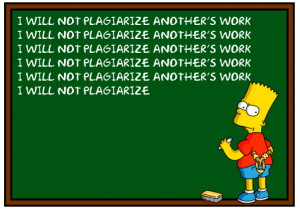These insights were gleaned from a video of industry experts, Dr. Palloff and Dr. Pratt discussing effective methods for dealing with plagiarism in distance education.
- What plagiarism detection software is available to online instructors?
Tools like Turnitin, Duplichecker and Paper Rater are available to instructors.
- How can the design of assessments help prevent academic dishonesty?
The instructor should design robust assessments that require depth of thought as opposed to one-word answers. These assessments should require an application of the concepts at hand so that the instructor can observe the student’s individual thought process. This type of design deters academic dishonesty because word-for-word plagiarism of this type of assignment would be very easily detectable.
- What facilitation strategies do you propose to use as a current or future online instructor?
I like Dr. Pratt’s method of allowing collaborative work even for cumulative assessments. I would employ a similar practice encouraging students to use any resource that they deem valuable and relevant. Facilitating becomes less critical with the types of expository writing assessments I previously discussed.
- What additional considerations for online teaching should be made to help detect or prevent cheating and plagiarism?
Instructors should preempt any cheating or plagiarism attempts by empowering students–that is making them aware of resources like the institution library and/or writing centers. These resources can ensure that students have a working knowledge of how to properly cite, paraphrase etc.
Reference:
Laureate Education (Producer). (2010). Plagiarism and cheating [Video file]. Retrieved from https://class.waldenu.edu

